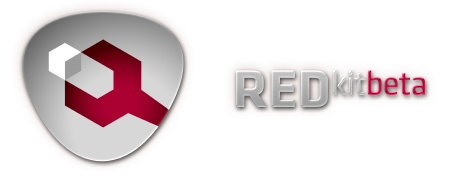Quick and short guide on how to get the Vegetation Tool working.
Table of contents
You might want to first create a "custom assets" directory in the Asset Browser to hold the Entity Templates you create here.
1. In the Asset Browser right click the open area and find Create > Entity Template, then choose a name and click OK.
2. Double click your newly created Entity Template, and under Template Properties click the green arrow next to "Entity class: CEntity".

3. In the Class Tree dialog window, click on the plus sign next to CEntity and locate and select CFoliageEntity.

4. Save these properties in the Editor and close it. Select the Entity Template in the Asset Browser and drag it onto the Viewport. (You need to have a layer active. You can confirm that it was added by opening the layer in the Scene tab).
5. Go to Tools > Vegetation and under Foliage Entities you should now see a dropdown list which contains your new CLayer.

6. Select a mesh in the asset browser, right click in the Vegetation List area (the white space underneath Foliage Entities) and click Add Vegetaion.
To begin painting with these meshes click Paint Vegetation at the top of the Vegetation tool panel. To add more meshes to your brush just repeat step 6, then select multiple items in the Vegetation List by Ctrl-clicking them.
Heres a .gif of the process in case you don't want to read, or you can download all the pictures and do it at your own pace.
Rar with all the pictures: https://dl.dropbox.com/u/9876544/HowToCreateCustomVegetation.rar
And the GIF: https://dl.dropboxusercontent.com/u/9876544/HowToCreateCustomVegetation.gif
Vegetation Tool Properties
mesh: This parameter allows you to change what mesh is used when painting.
isVisible: Toggles visibility and invisibility.
size: Controls the physical size of the mesh.

sizeVar: Controls the size variation of the mesh. This only works upwards, so if you have a size of 1 and a sizeVar of 1. The mesh will vary between the size of 1 and 2. It does not mean that the mesh will be twice as large/small.

randomRotation: Wether the mesh should have a random rotation when it's place or not.

alignToTerrain: DOES NOT WORK
density: Controls the number of meshes contained within the brush/circle. A lower density means more meshes are painted and a higher number means fewer are painted.

collision: Adds collision to your meshes. TAKE NOTICE that it does not add collision in the typical way. It is only added when you generate a NAVIGATION MESH. If you can't see the difference in the picture below click on this text to see one with the rock removed.

radiusScale: Radius Scale and Density go hand-in-hand. You can use both to increase the number of meshes painted by the circle, but Radius Scale has an additional feature. Imagine each mesh has a circle around itself. Radius scale controls the size of this circle and the same kind of mesh cannot overlap this boundary. This is useful for when painting hero pieces. The image below illustrates this.

elevevation min/max and slope min/max: DOES NOT WORK
castShadows: Allows you to enable and disable the casting of shadows. Affects performance.

renderingDistance: Controls how far away the mesh should be visible.

Tips & Tricks
- To delete what you have painted, simply hold SHIFT.
- The list saves automatically, so there's no need to save it (you can't anyway).
